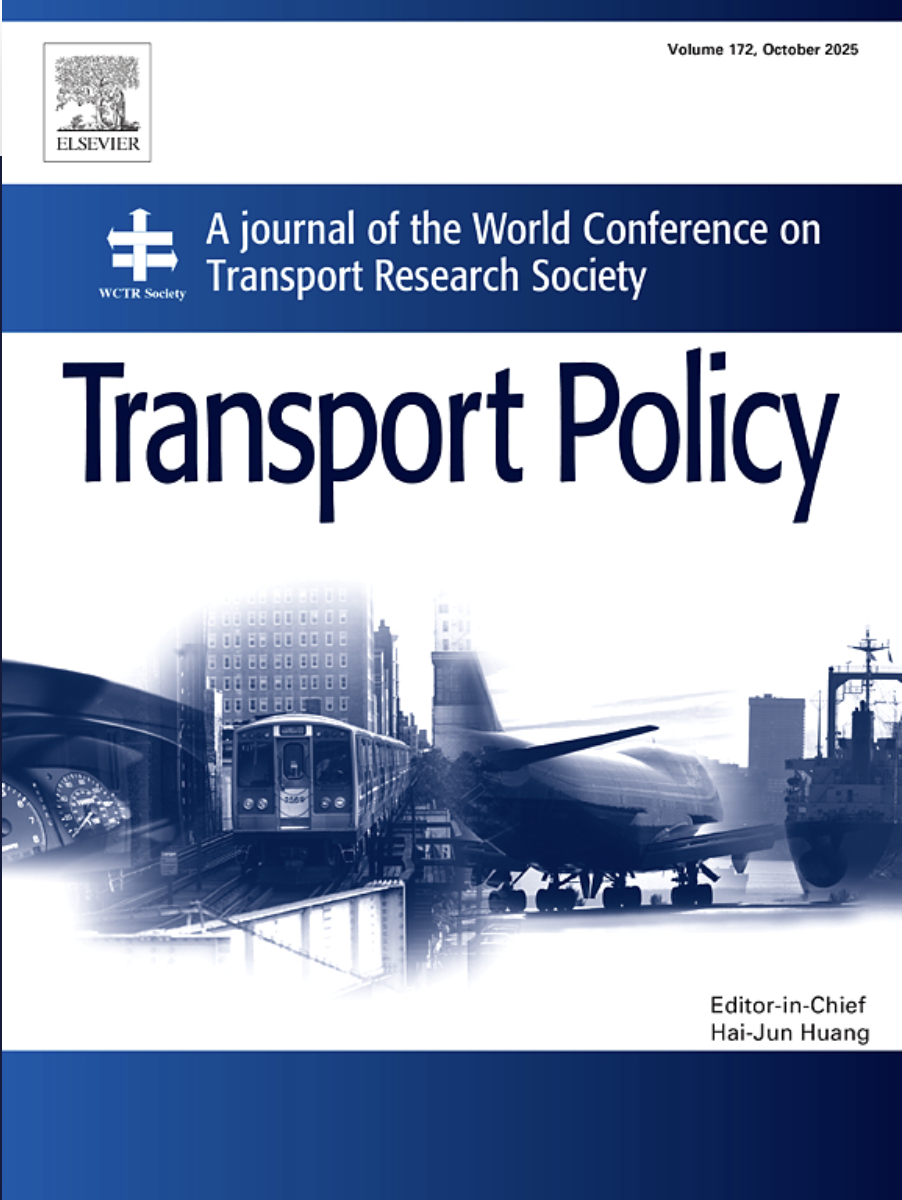Urban and regional Air Mobility (URAM) and relocation decisions in the United States: Insights from a machine learning-supported path analysis
Abstract
Urban and Regional Air Mobility (URAM) uses electric vertical takeoff and landing(eVTOL) aircraft to offer efficient, sustainable transportation within and between urban and regional areas. While existing studies have primarily focused on public interest and willingness to adopt URAM, its potential implications for residential and workplace relocation decisions remain underexplored. By substantially reducing travel times, URAM may disrupt conventional location constraints for daily commuters. This study surveys over 1000 individuals across the United States to assess perceptions of URAM and its influence on relocation decisions. A combination of path analysis and machine learning techniques—including Naïve Bayes, K-Nearest Neighbors, Random Forest, Support Vector Machine, and Neural Networks—is employed to explore the associations among sociodemographic factors, travel behavior, URAM perceptions, and relocation decisions. Results indicate that higher income and employment in technical occupations are positively associated with URAM interest, while older age, larger household sizes, and carpooling habits are negatively associated. Educational attainment, income, and commuting preferences also shape the extent to which URAM is considered as an alternative to relocation. Path analysis reveals intricate indirect effects, some of which amplify or reverse direct influences on relocation behavior. The insights from this study suggest that, for example, URAM planning should account for access disparities for rural residents and older populations, support mobility for high-tech workers, and anticipate land use changes around future vertiport hubs.

